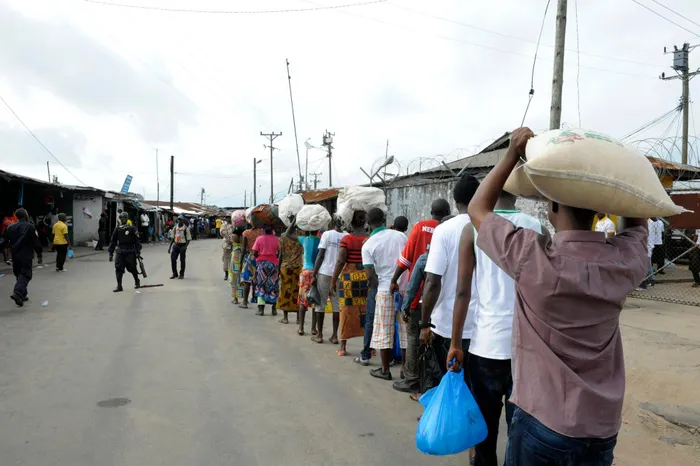SA can’t be complacent about food security despite being ranked top in Africa – Agbiz

The latest Economist's Global Food Security Index ranked South Africa at 59 out of 113 countries, an improvement from 70th position last year. REUTERS
As October 16 marked World Food Day, Agricultural Business Chamber (Agbiz) chief economist Wandile Sihlobo said yesterday that while South Africa was in a better place regarding food security, being the continent’s leader, this did not mean there should be complacency.
World Food Day commemorates the founding of the United Nations Food and Agriculture Organization in 1945. Across the world, this day offered an opportunity for countries to assess their food security conditions and efforts to boost their agricultural production.
One of the measures that some often use to evaluate the food security condition of each country relative to the world was The Economist's Global Food Security Index.
The latest Economist's Global Food Security Index ranked South Africa at 59 out of 113 countries, an improvement from the 70th position last year. This places South Africa as the most food-secure country on the African continent, followed by Tunisia at 62nd.
Sihlobo said this improvement was commendable.
“When looking at the index scoring’s technical position, it becomes clear why South Africa’s food security ranking has improved. South Africa’s scoring came in at 64.4 points – up from 57.8 points in 2021.
“This shows that South Africa’s progress in the Global Food Security Index is not merely because other countries have regressed, particularly since the start of the Russia-Ukraine war which increased global food prices, but that there has been actual improvement in its own underlying conditions,” he said.
Sihlobo said South Africa would need to continue improving food security through expansion in agricultural production and job creation in various sectors of the economy.
“These include expanding agricultural activity in the former homelands and government land, enhancing government-commodity organisations’ partnerships in extension services, investment in the network industries such as the water, electricity and road infrastructure networks, port infrastructure and state laboratories,” he said.
Sihlobo said in South Africa some interventions needed for food security were more regulation-focused and therefore did not require significant capital spending by the government, although these still needed institutional capacity building.
Regarding regional focus, he said Limpopo, KwaZulu-Natal and the Eastern Cape were the most food-insecure provinces, despite boasting vast tracts of underutilised land. These provinces should be a priority in agricultural development plans.
In September, the National Agricultural Marketing Council (Namc) said during August, the nominal cost of the Namc’s 28-item urban food basket amounted to R1 117.62 compared to the R1 088.30 reported in July, last year. This represented a monthly increase of 2.7% and a year-on-year increase of 11.0%.
A total of 19 of the 28 food items had had price increases that exceeded the South African Reserve Bank’s 6% annual inflation objective.
The products were sunflower oil (57.8%) despite a marginal fall the previous month, followed by beef offal (55.0%), Ceylon/black tea (49.3%), tomatoes (34.0%), onions (31.1%), brown bread (29.2%), instant coffee (25.7%), baked beans (25.2%), maize meal (24.8%), white bread (20.1%), oranges (14.7%), brick margarine (12.7%), dried beans (11.9%), full cream long-life milk (11.3%), tinned fish (10.7%), white sugar (8.1%), beef mince (7.6%), peanut butter (7.5%) and cabbage (6.2%).
BUSINESS REPORT
Related Topics: